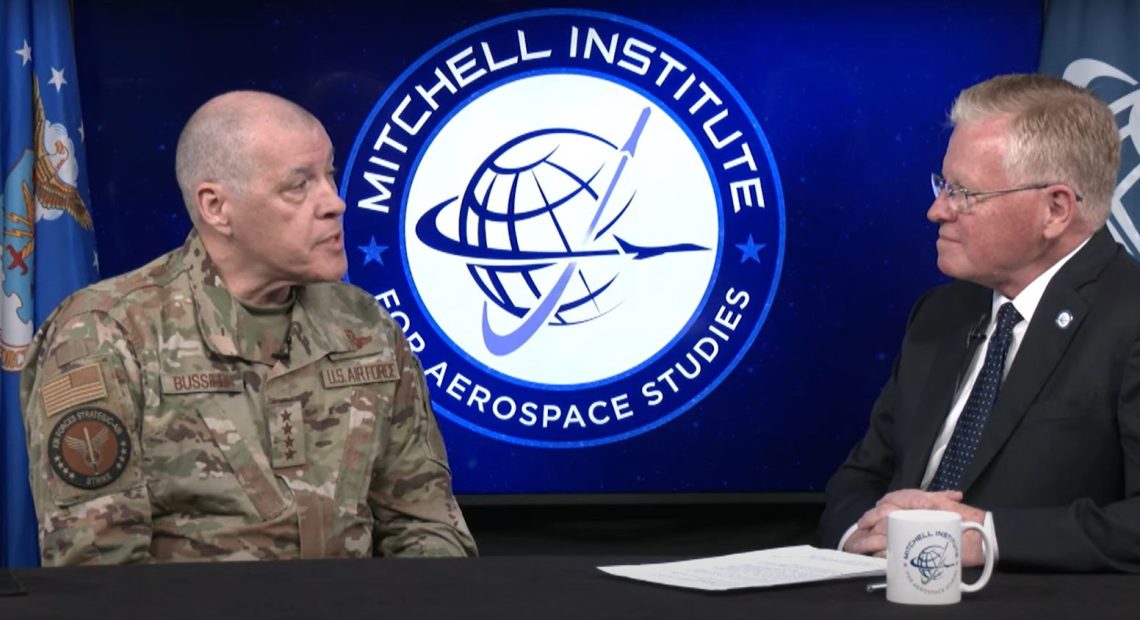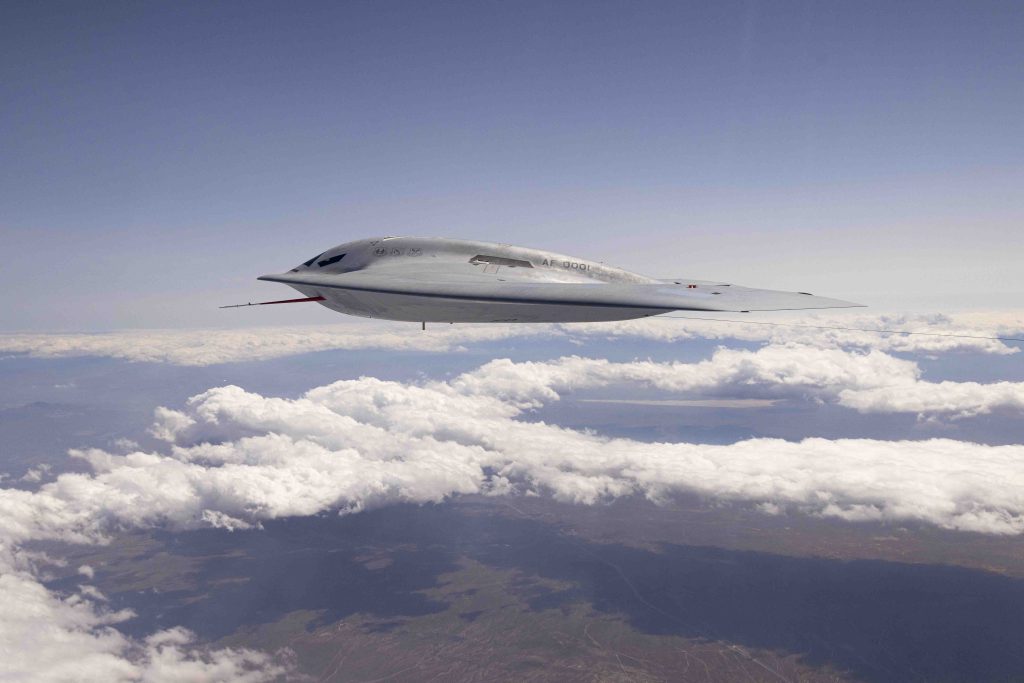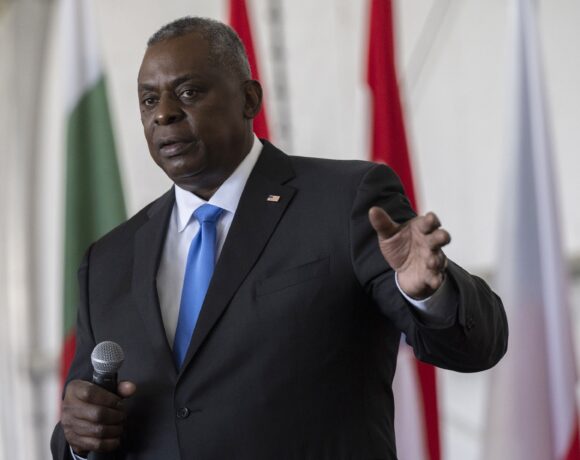USAF keeps nuclear triad mission-ready

During recapitalisation programme
The United States Air Force (USAF) faces the dual challenge of maintaining operational readiness for the bomber and land-based missile elements of America’s nuclear triad while simultaneously working to modernise and replace these platforms.
This ambitious recapitalisation task, which the US government mandates, was highlighted by Air Force Global Strike Command’s senior leader, General Thomas A. Bussiere, during an interview at the Mitchell Institute for Aerospace Studies in Arlington, Virginia, on December 5, 2024.
In his remarks, Bussiere stressed the increasing global security risks and the US Air Force’s immense responsibility in preserving the country’s nuclear deterrence posture.
“The world is more dangerous now than it’s been in my entire career,” Bussiere commented. “Coupled with that, we now have the recapitalisation of the entire nuclear triad. So, the challenge ahead is maintaining our current strategic deterrence posture while we field new capabilities.”
The US nuclear triad, which comprises land-based intercontinental ballistic missiles (ICBMs), strategic bombers, and submarine-launched ballistic missiles, is the cornerstone of the US military’s strategic deterrence.
The US Air Force oversees the land-based missile and bomber legs, while the US Navy is responsible for the submarine component. Together, these systems provide constant deterrence, reducing the likelihood of adversaries’ catastrophic actions.
Updating the triad
The ongoing recapitalisation aims to update each leg of the triad. The US Navy is set to replace its ageing fleet of ballistic missile submarines with Columbia-class vessels. Meanwhile, the US Air Force is introducing new capabilities, such as the B-21 Raider bomber, while the modernised Sentinel missile system will replace the Minuteman III ICBM.

While many people may question the need for these nuclear deterrent systems, particularly in a world that hopes to avoid conflict, Bussiere emphasised their crucial role in ensuring global security.
“Many folks will look at the strategic triad and go, ‘Why are we doing this? We are never going to use it?'” he said. “But in truth, we use it every day,” highlighting the constant operational readiness required to maintain peace through deterrence.
The recapitalisation of the US nuclear triad is a historically challenging endeavour. It is the first time such a full-scale modernisation has been carried out without allowing any lapse in operational capability.
According to Bussiere, maintaining readiness during this transition is no small feat, but he attributed the success to the dedication of the US Air Force personnel. “It’s a testament to our airmen, our families that support our airmen, and the communities around our installations that support our airmen and their families,” he said.
Bussiere also acknowledged the broad support for this mission, pointing out the crucial role played by the US Air Force, the US Department of Defence, and senior congressional leaders, all committed to ensuring that the triad remains operational and modernised.
Hero image: (L-R) US Air Force Gen. Thomas A. Bussiere, commander of US Air Force Global Strike Command, is interviewed by retired US Air Force Maj. Gen. Larry Stutzriem at the Mitchell Institute for Aerospace Studies in Arlington, Virginia, on December 5, 2024. Credit: Pentagon












